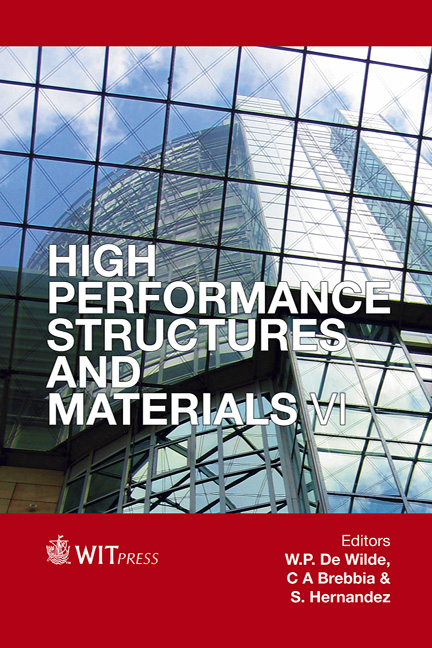Mechanical Damage Characteristics Of Elementary Hemp Fibers And Scale Effect Of Fiber Strength
Price
Free (open access)
Transaction
Volume
124
Pages
11
Page Range
157 - 167
Published
2012
Size
483 kb
Paper DOI
10.2495/HPSM120141
Copyright
WIT Press
Author(s)
J. Andersons & R. Joffe
Abstract
Ecological and economical considerations foster replacement of man-made fibers by natural renewable fibers in various industrial applications. Bast fibers of such plants as, e.g., flax, hemp, jute etc., are particularly attractive as a reinforcement of polymer-matrix composites due to their high specific stiffness and strength in the axial direction. The elementary bast fibers exhibit pronounced scatter of strength. It necessitates probabilistic description of their strength via a distribution function that reflects damage morphology and severity in fibers. Fiber fracture is shown to originate from mechanical defects of the bast cell wall, the most prominent of them being kink bands. While the number of kink bands in a fiber is easily determined by optical microscopy, direct experimental measurement of their strength is complicated. Therefore, alternative approaches are sought, enabling extraction of strength characteristics of the kink bands from fiber tests via appropriate probabilistic models. Analytical distribution function of bast fiber strength has been derived, allowing for the effect of mechanical damage in the form of kink bands. The fiber characteristics measured have been used to evaluate the kink band density and strength distributions. The theoretical distribution is verified against experimental tensile strength data of elementary hemp fibers at several gauge lengths and found to provide acceptable accuracy in predicting the scale effect of strength. Keywords: hemp, bast fibers, scale effect, Weibull distribution.
Keywords
hemp, bast fibers, scale effect, Weibull distribution.





